Jesus Histórico: Revista deEstudios sobre o Jesus Histórico e sua Recepção
ISSN: 1983-4810
ISSN: 1983-4810
A revista Jesus Histórico dedica-se a publicar artigos, resenhas e entrevistas com especialistas renomados e jovens pesquisadores. O interesse editorial está associado a todo o enfoque ligado às recentes pesquisas sobre o campo das experiências religiosas. Assim, por exemplo, a revista se interessa em receber trabalhos relacionados às múltiplas e variadas manifestações culturais e artísticas ligadas ao cristianismo, judaísmo, islamismo, hinduísmo, candomblé, espiritismo e outras tantas religiões. Trata-se, portanto, de um projeto editorial transdisciplinar, acadêmico e laico, interessado em congregar profissionais das mais diferentes áreas acadêmicas que pesquisem sobre esta temática.
Current volume
[RJHR Nº1] [RJHR Nº2] [RJHR Nº3] [RJHR Nº4] [RJHR Nº5] [RJHR Nº6][RJHR Nº7][RJHR Nº8]
[RJHR Nº9][RJHR Nº10][RJHR Nº11][RJHR Nº12][RJHR Nº13][RJHR Nº14][RJHR Nº15][RJHR Nº16]
[RJHR Nº17][RJHR Nº18][RJHR Nº19]
See AWOL's List of Spanish/Catalan/Portuguese Open Access Journals on the Ancient World
See AWOL's full List of Open Access Journals in Ancient Studies



















































































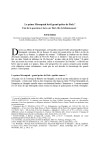


 Consulter cet article
Consulter cet article  Télécharger cet article au format pdf
Télécharger cet article au format pdf 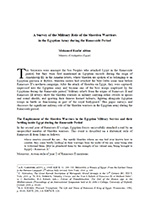
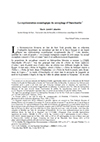
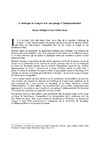
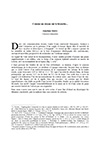
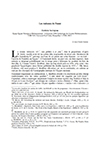
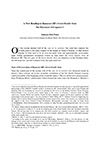
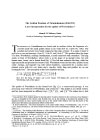
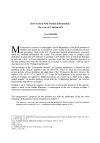
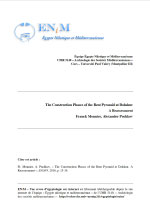

 Commander une version papier
Commander une version papier









